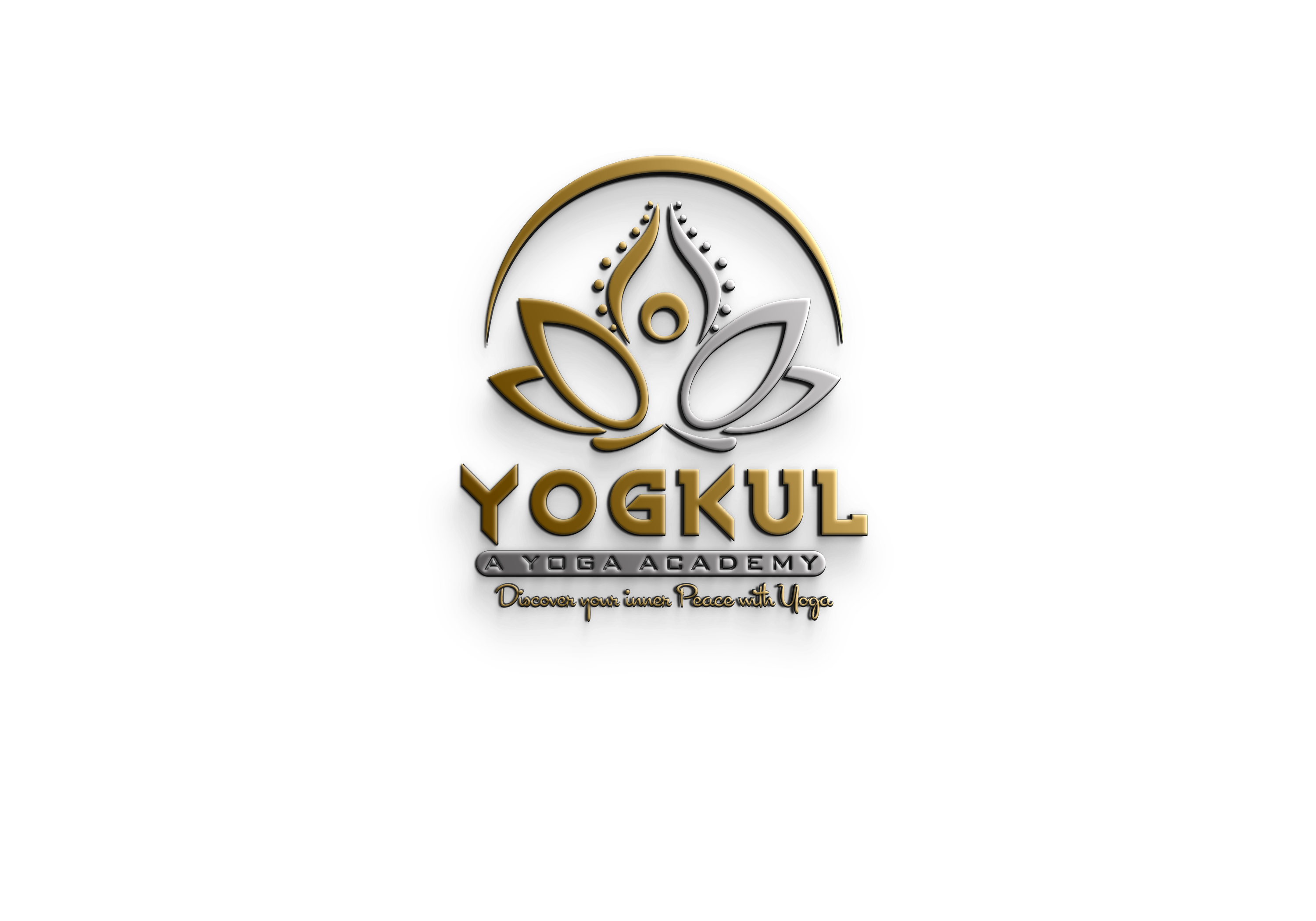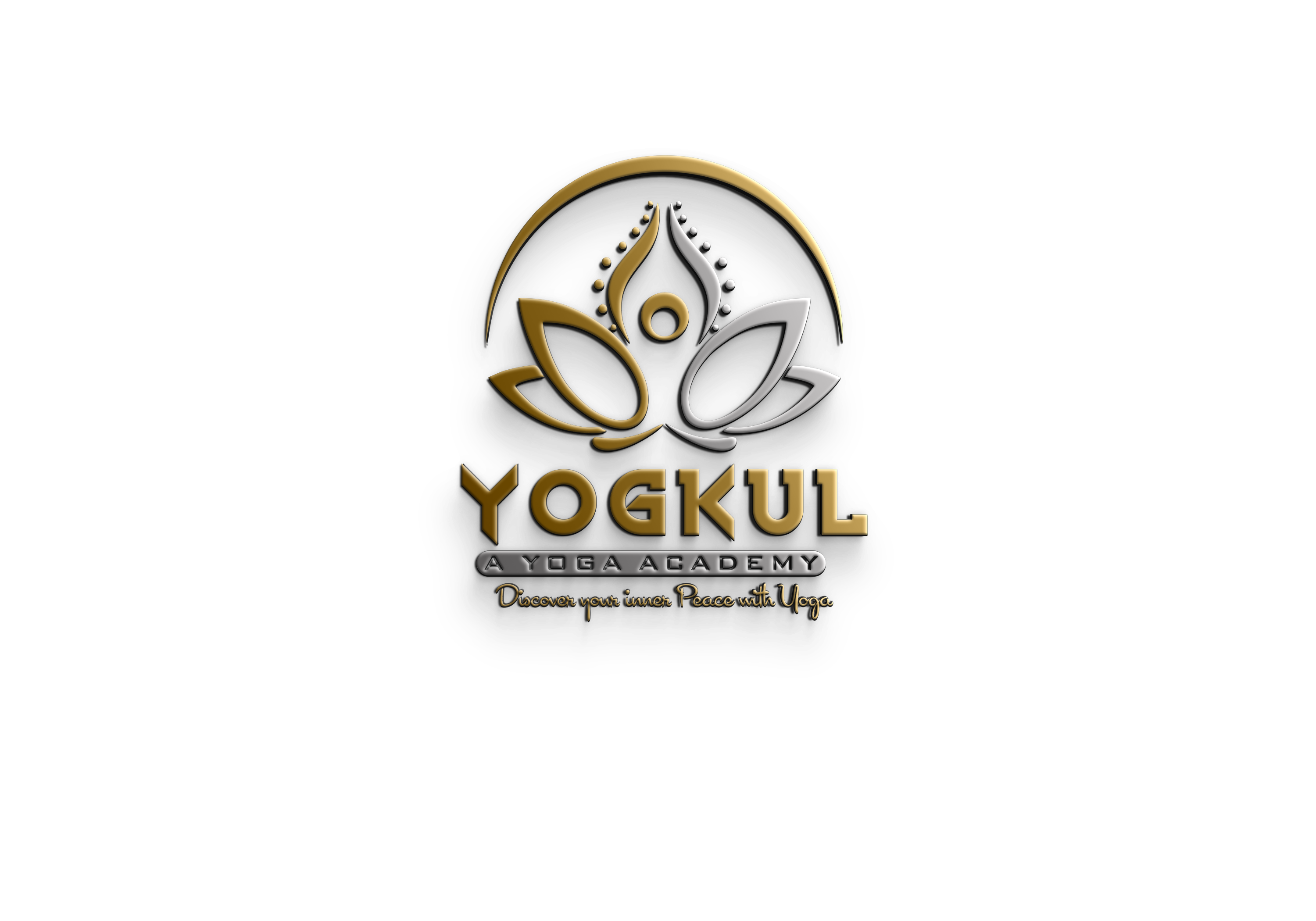GET HEALTHY LIFE WITH YOGA
Isn’t it true that if a person is healthy, he can prosper in his life? Moment, people are trying so hard to be successful that they forget to take care of the most important part of life – health. With this fast-paced life, people face stress and internal breakdown. This type of life is affecting both physical and internal health. There are numerous problems like high blood pressure, diabetes, thyroid and numerous diseases that are getting common now. To avoid similar problems, it’s necessary that there should be some type of physical exertion. The main purpose of doing physical exertion is to increase blood rotation throughout the body.
There isn’t a single type of yoga. This popular type of mind-body training comes in a variety of forms, each with its own discipline, concentration, and aims.
Types of Yoga Services We Provides
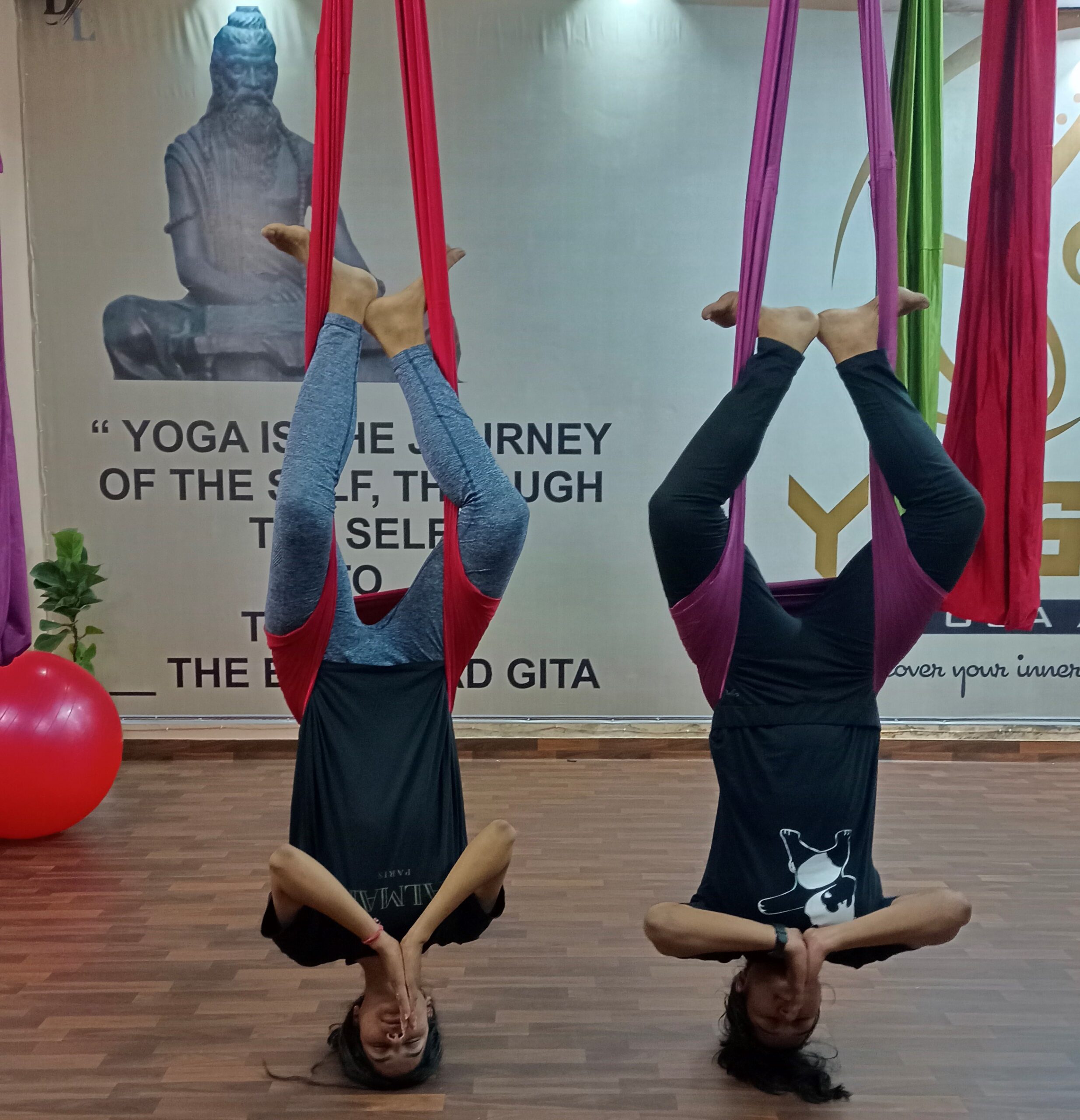
Hatha Yoga
The Sanskrit term “Hatha” refers to all of the physical postures of yoga. In the West, hatha yoga simply refers to all other kinds of yoga that are based on a physical practice (ashtanga, Iyengar, and so on). There are, however, other disciplines of yoga that are distinct from the physical-based yoga practice, such as kriya, raja, and karma yoga. The most common type of yoga is physical yoga, which comes in a variety of forms.
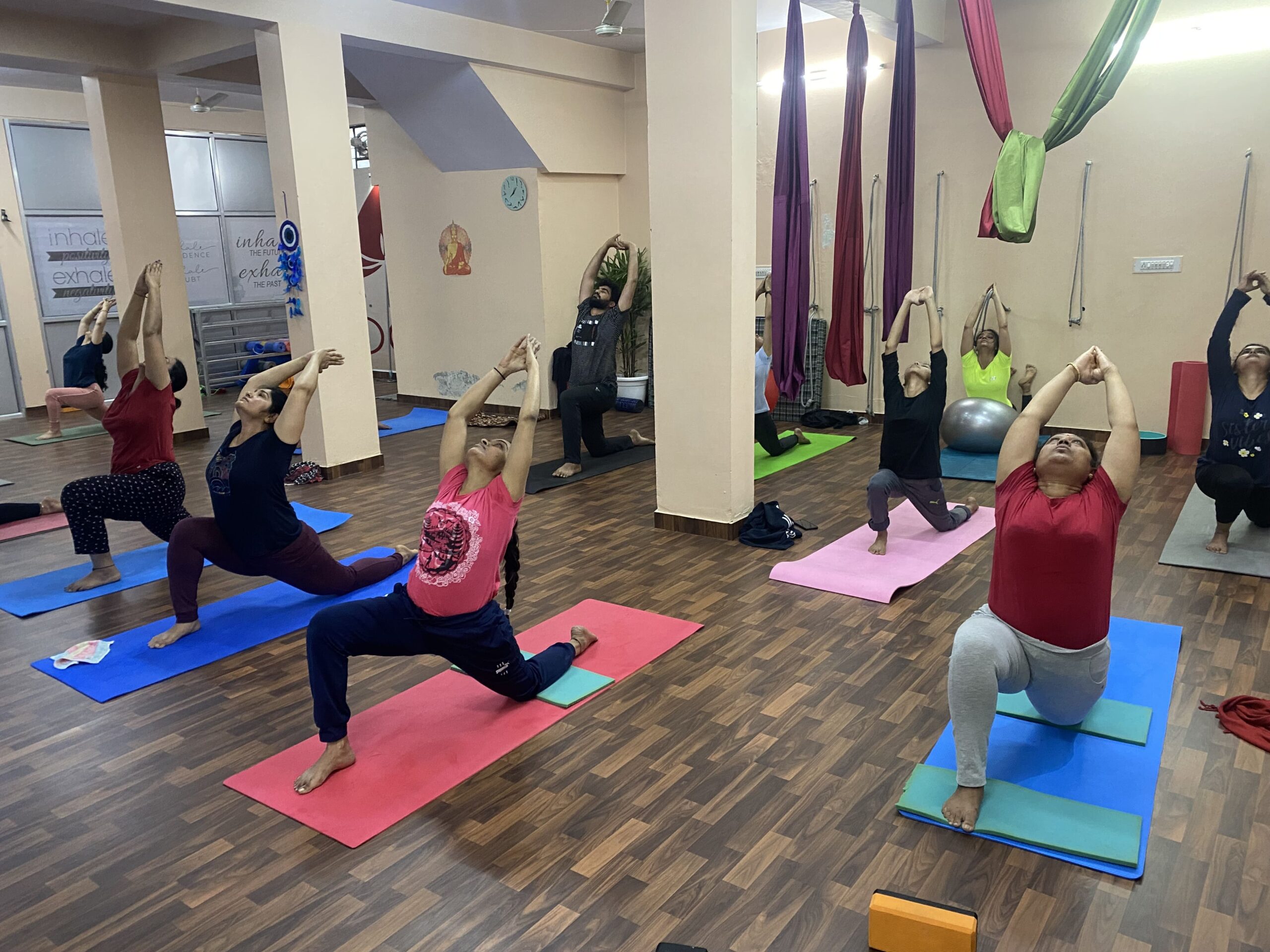
Ashtanga Yoga
In Sanskrit, ashtanga means “Eight Limb Path.” People assemble in Mysore, India, to perform this kind of yoga at their own pace—if you witness Mysore-led ashtanga, you’re supposed to know the sequence. Vinyasa yoga evolved from ashtanga as a fluid form that linked breath to movement.
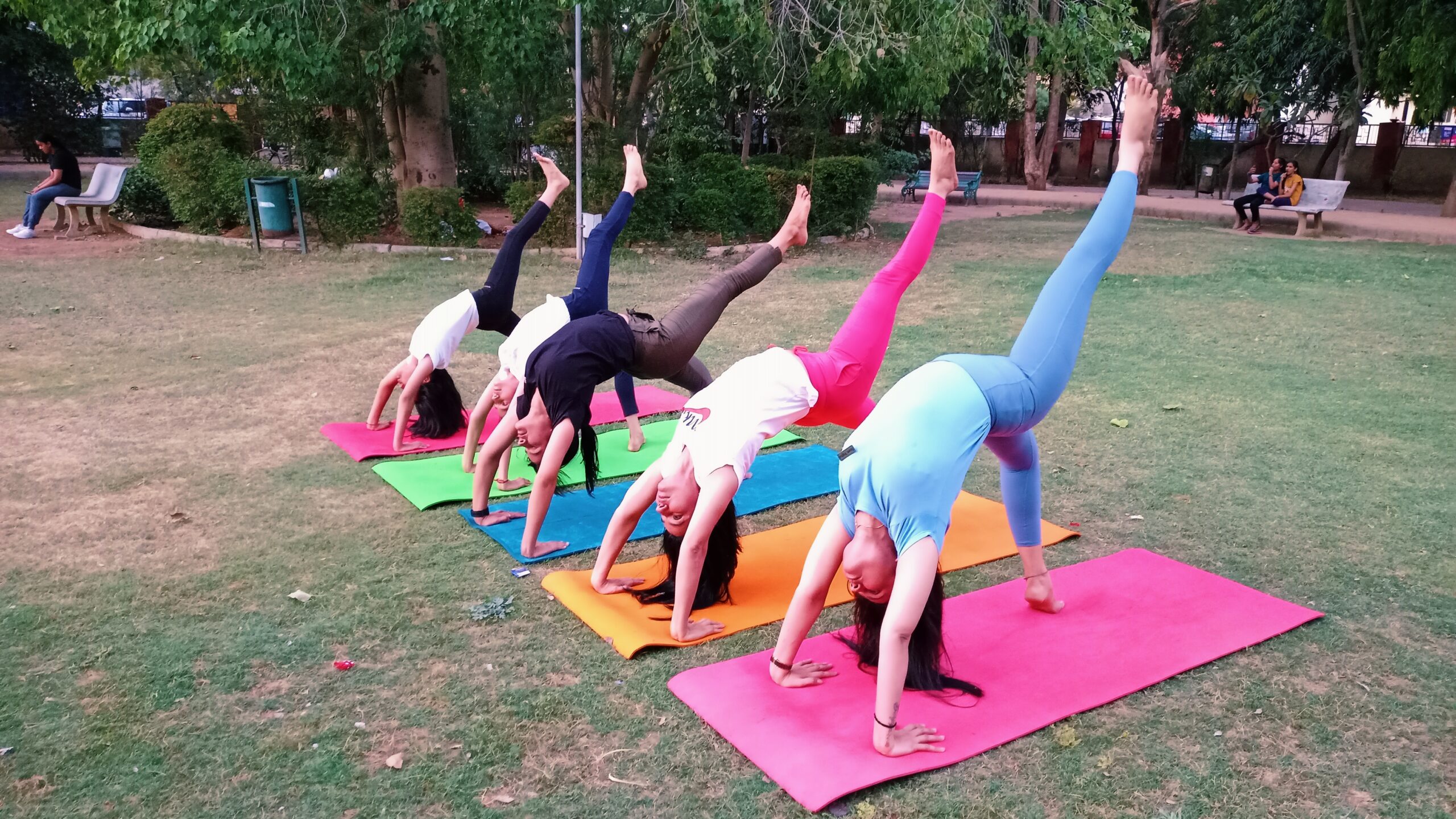
Power Yoga
Power yoga, as the name implies, focuses on increasing strength and endurance. It is also a fantastic kind of yoga for calorie burning.
Although power yoga is not an established kind of yoga, it is frequently used interchangeably with Vinyasa yoga. It’s perhaps more appropriate to state that power yoga is a subset of Vinyasa yoga, which has its roots in Ashtanga yoga, a long-standing discipline that dates back to the early twentieth century.
The emphasis of power yoga is on the flow from one posture to the next, rather than treating each pose independently. Unlike some other types of yoga, the positions are not separated from one another.
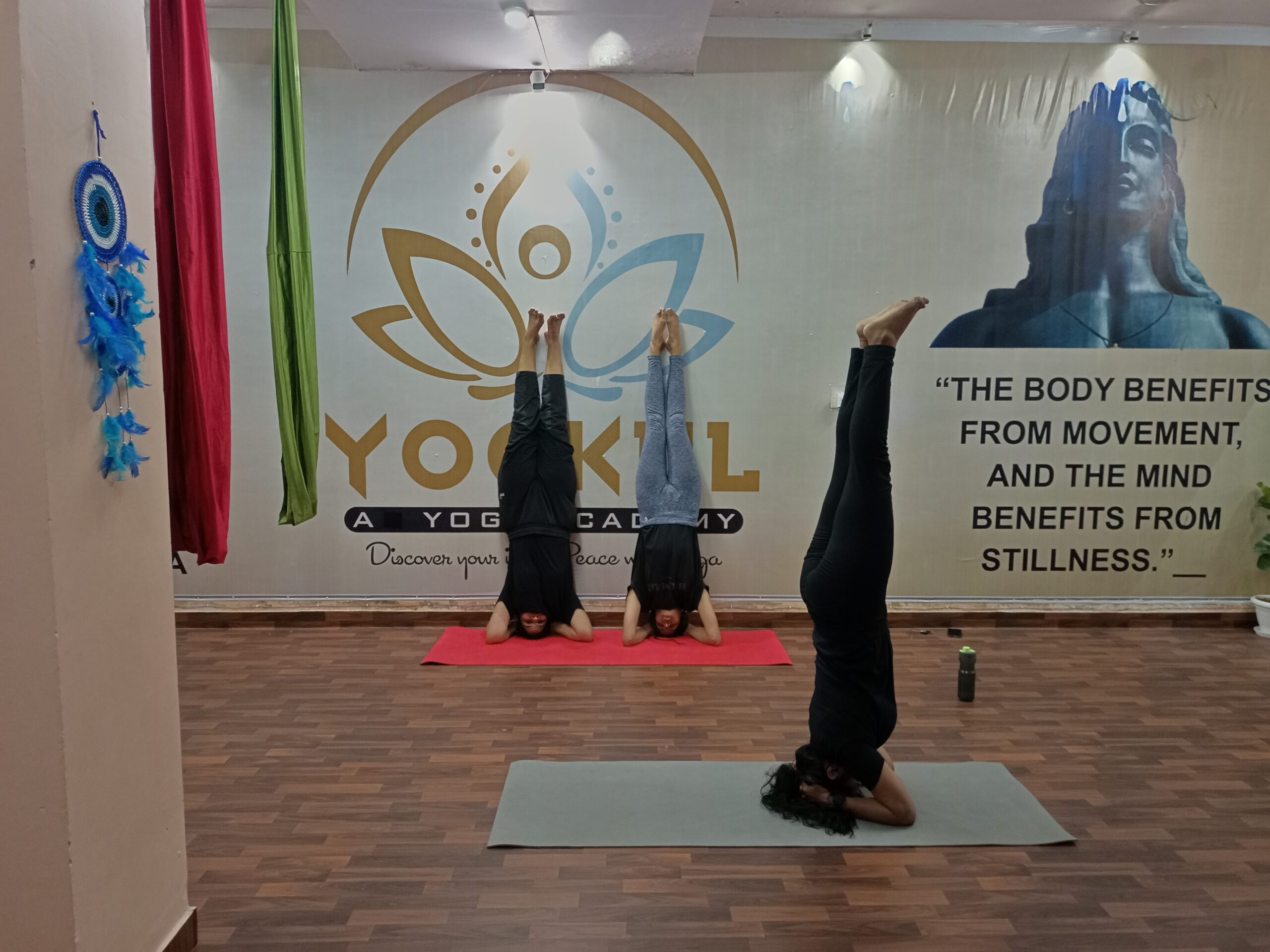
Advanced Yoga
What exactly do we mean when we talk about advanced yoga? It might mean being able to perform more difficult postures, but it can also mean having the expertise to realize that certain positions aren’t for you.
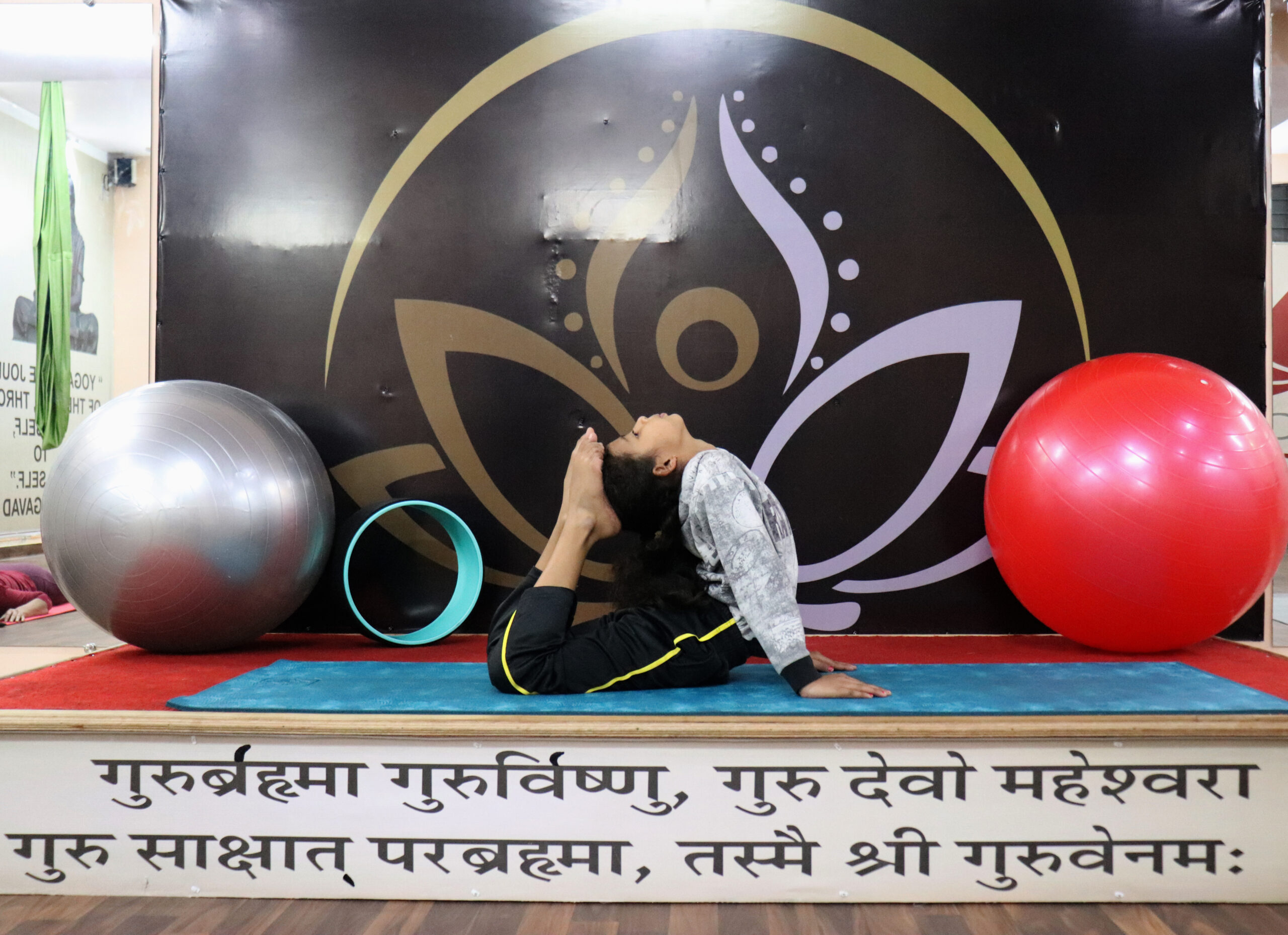
children's Yoga
Being physically fit does not make you a better yoga practitioner. In their first yoga class, some people may place their foot behind their head. Others may train for years and never achieve the desired stance. They may have to get used to the thought of letting go of their attachment to that stance, or any pose.
When introducing children to yoga, it is critical to remember that they are still children. As a result, you’ll need a lot of patience to get them to complete the poses. If you must prod, make careful to do it gently. They can find it dull and immediately disturb the session by doing something else. It is therefore critical that you make them feel accomplished when they attempt a position, whether or not they do it flawlessly. The support they receive will not only increase their self-esteem but will eventually help them like yoga since they realize they can be good at it.
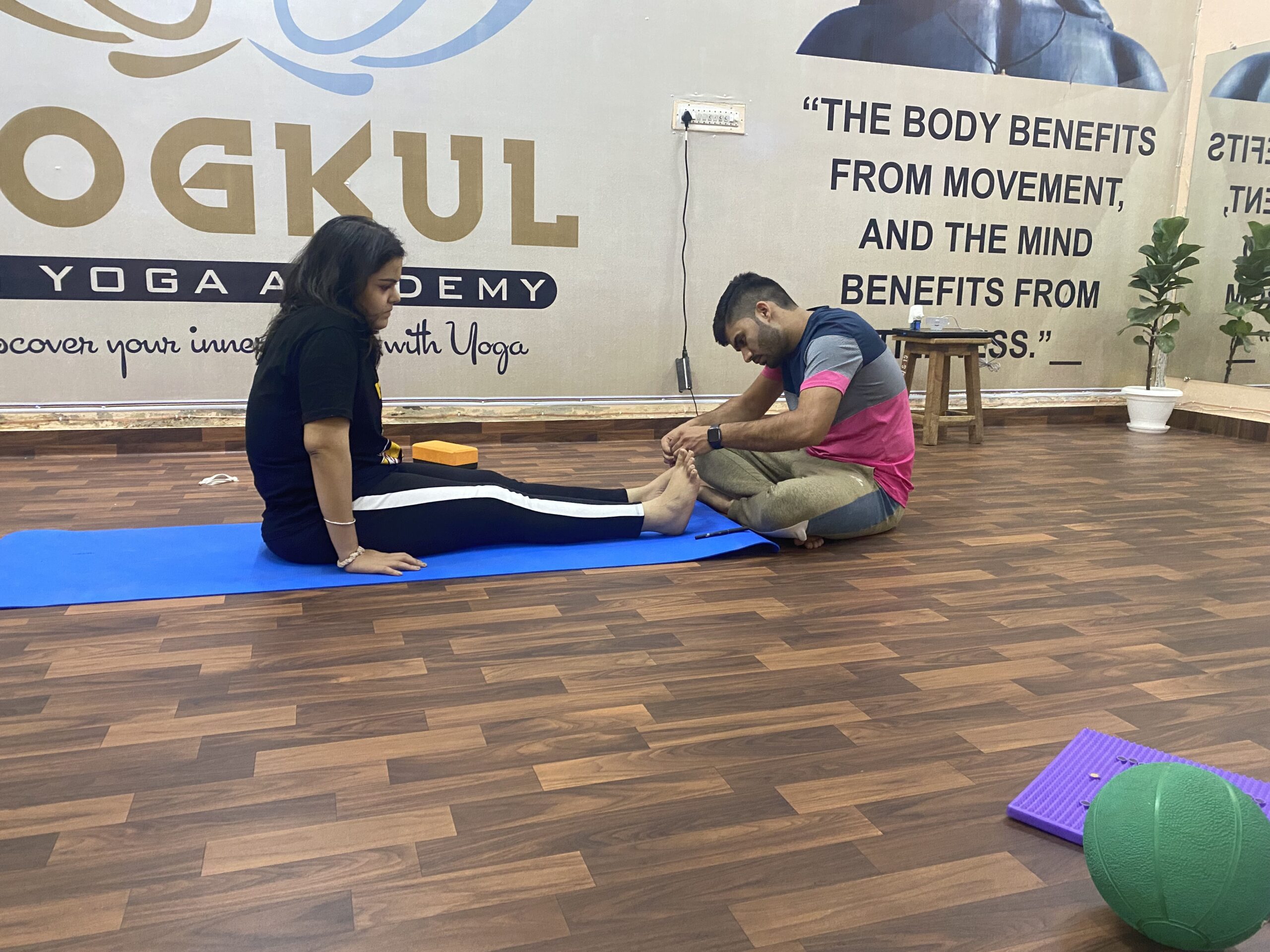
Yoga Therapy
Yoga Therapy enables and supports individuals in managing their own health by utilizing Yoga concepts and a variety of Yoga practices created within a professional therapy partnership.
Illness and chronic injury are frequently exacerbated by several contributing variables. As a result, Yoga Therapy takes a holistic approach to improve an individual’s health, frequently including the whole well-being of the person rather than focusing on a specific problem.
Yoga Therapy is most frequently performed as individual consultation, while small therapy groups for persons facing similar health difficulties may be offered.

Shatkriyas Yoga
The Sanskrit word for one of the six yogic purifying practices (kriyas) mentioned in the “Hatha Yoga Pradipika” is shatkarma. These cleansing treatments are intended to maintain the body robust, clean, and healthy. They are claimed to eliminate toxins as well as anything that is impeding the flow of prana in the body.
Internal purification through shatkarmas makes pranayama and meditation practice simpler by preparing the body to conduct these practices without distraction, pain, or weariness.
The shatkarmas should always be learned and done under the guidance of an experienced instructor.
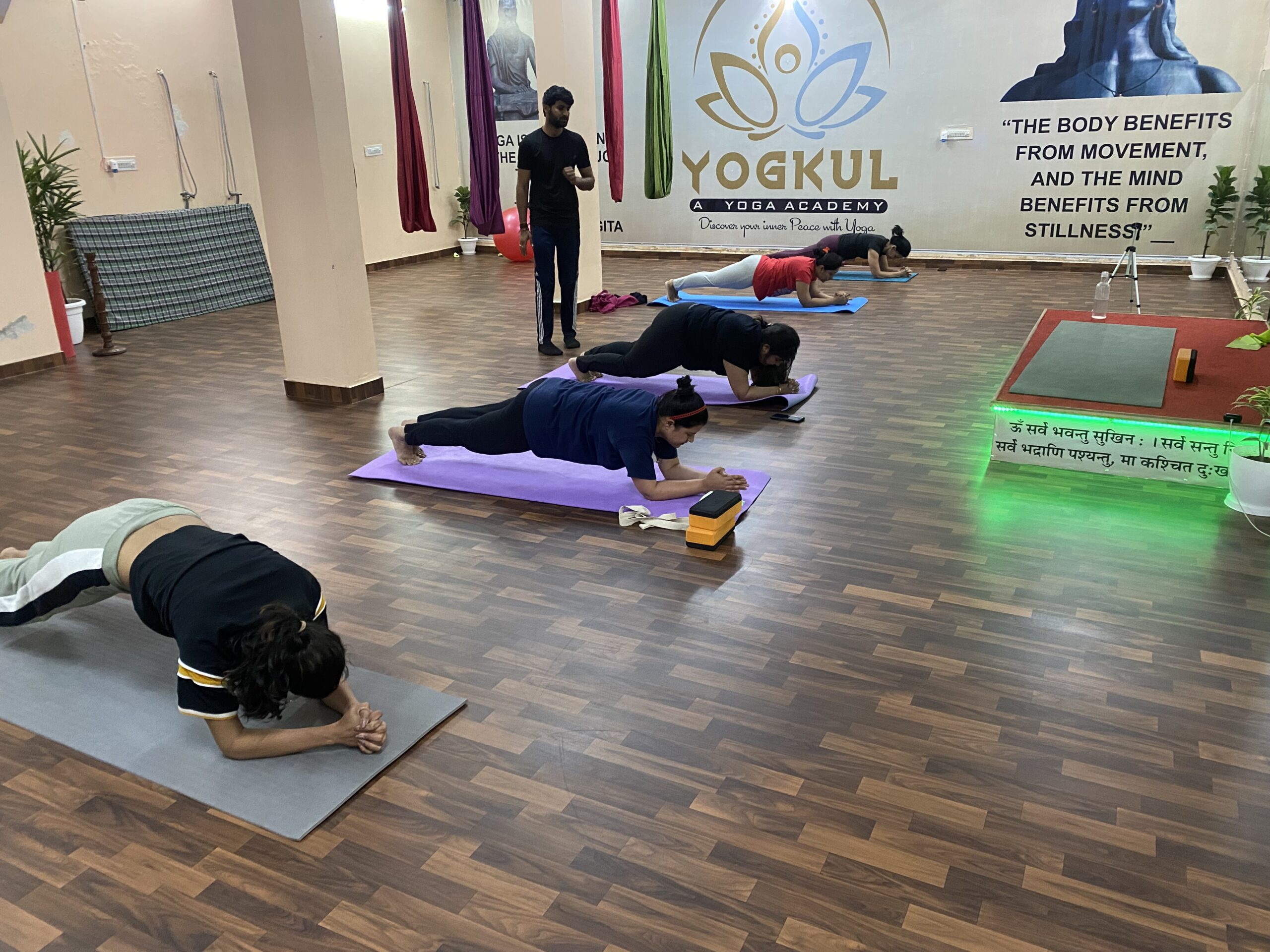
Cardio Yoga
Cardio Yoga is a sort of yoga session that incorporates yoga postures with aerobic training. The practice incorporates traditional yoga motions and speeds them up, with a quicker flow between sequences. The constant activity causes your heart to race and your muscles to burn. You end up sweating buckets and giving your cardiovascular system a good workout throughout the workout!
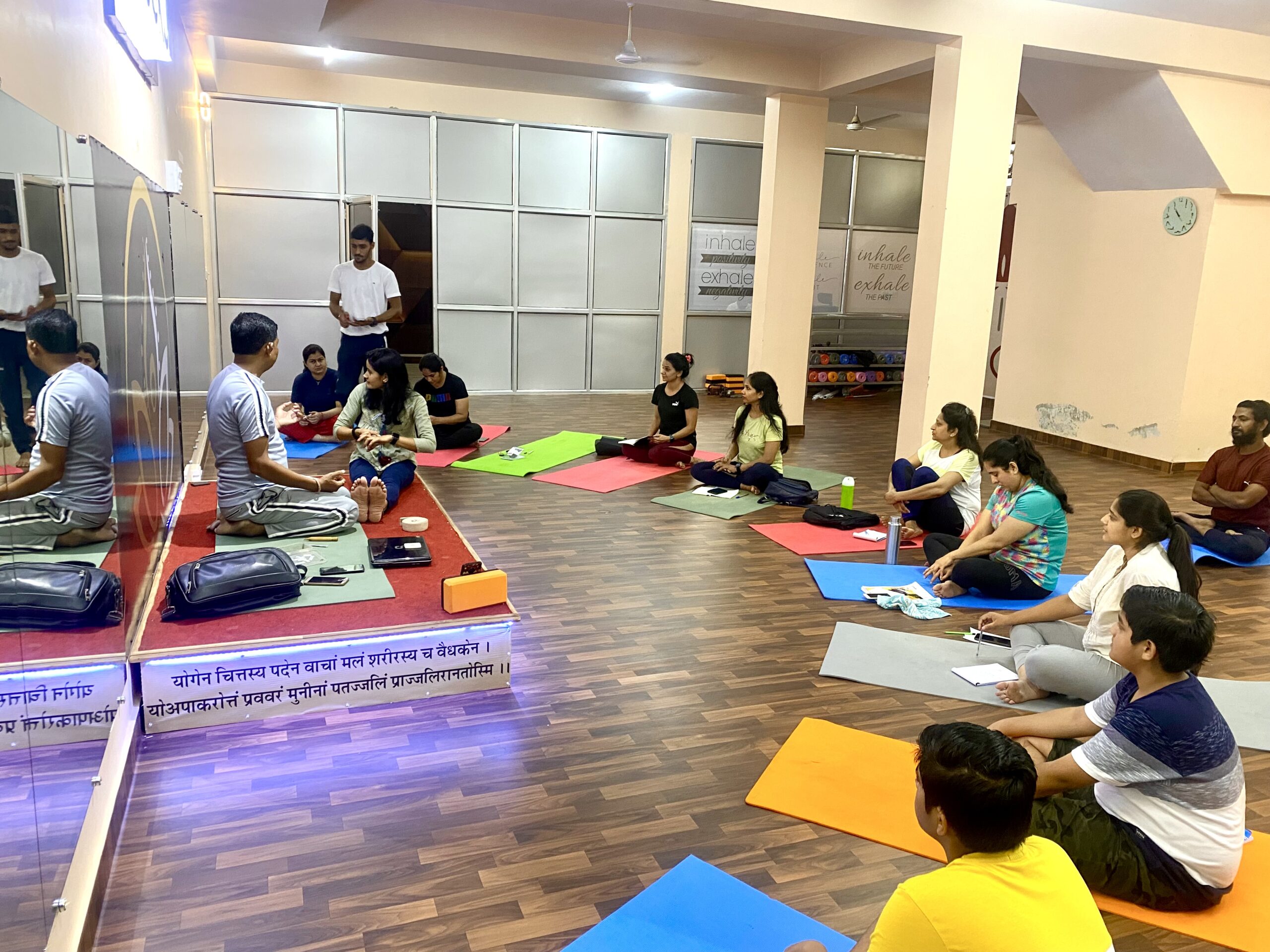
Yoga Counseling
Yoga Counseling is a one-on-one chance to explore how the teachings of Yoga philosophy may assist you in shifting unconscious habits and experiencing more satisfaction in all aspects of your life.
Sessions often begin with learning to identify major areas of difficulty – whether at work, at home, or in personal relationships. We improve our ability to recognize obstacles as they occur by being more aware of our own tendencies and the factors that cause them. This enables us to refocus our thoughts and behaviors in a more constructive manner, resulting in more tranquility – even in the face of life’s inevitable obstacles.
Along with recognizing main concerns, we learn to recognize the unconscious assumptions that underpin them. We have the power to change our actions by being aware of the limiting or erroneous ideas that feed our unconscious routines. We also develop the ability to recognize the thought processes that cause emotional tension and dis-ease, as well as decisions that do not benefit us. Better self-awareness allows us to change not just how we behave, but also how we feel, resulting in greater calm in all circumstances.
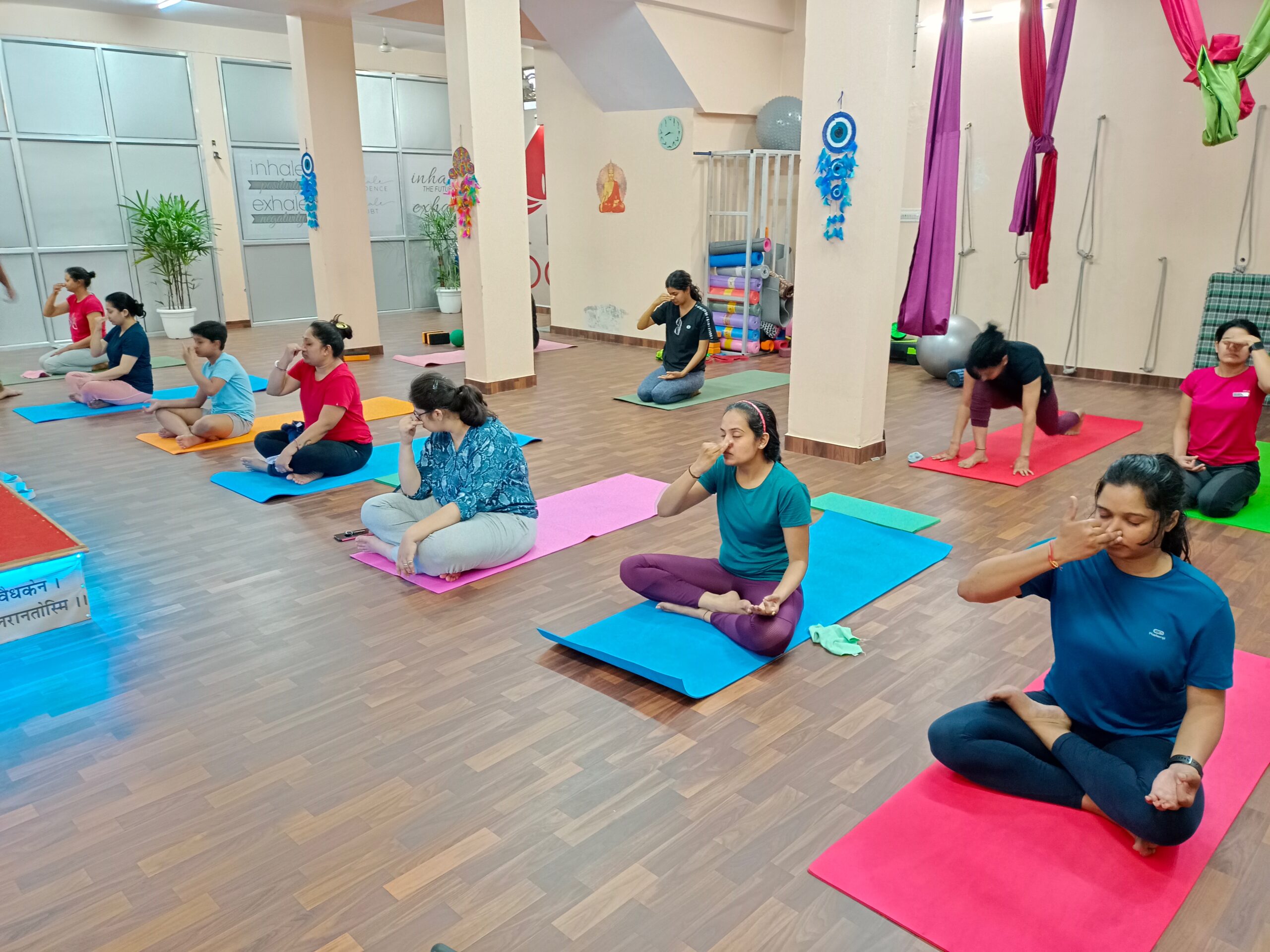
Pranayama & Medication
Pranayama is a branch of Ashtanga yoga that focuses on breathing exercises. The phrase is made up of two words: ‘Prana’ and ‘Yama.’ Where ‘Prana’ refers to ‘life energy or ‘breath,’ and ‘Ayama’ refers to ‘control.’ In practice, an individual first complete the first three steps before beginning ‘Pranayama.’ Pranayama harmonizes and balances the body and mind. When properly practiced, it transforms a person into a transgender person.
Meditation (Dhyana) follows Pranayama. Pranayama and Asana are regarded as ‘External layer’ activities, whilst Dhyana, Dharana, and Samadhi are regarded as ‘Inward layer’ practices. After you’ve mastered the first five, practice meditation. Dhyana (Meditation) is, in fact, the first stage towards ‘clearing cognition.’ It isn’t only sitting quietly with a certain attitude of the body (sometimes with music), but the undeniably increasingly crucial method of moving individuality and soul to the next level.
